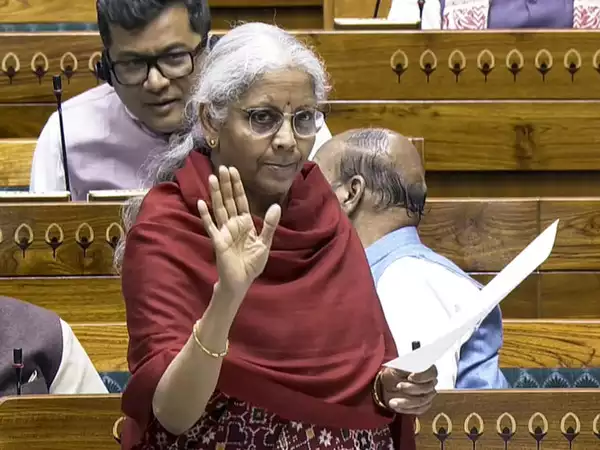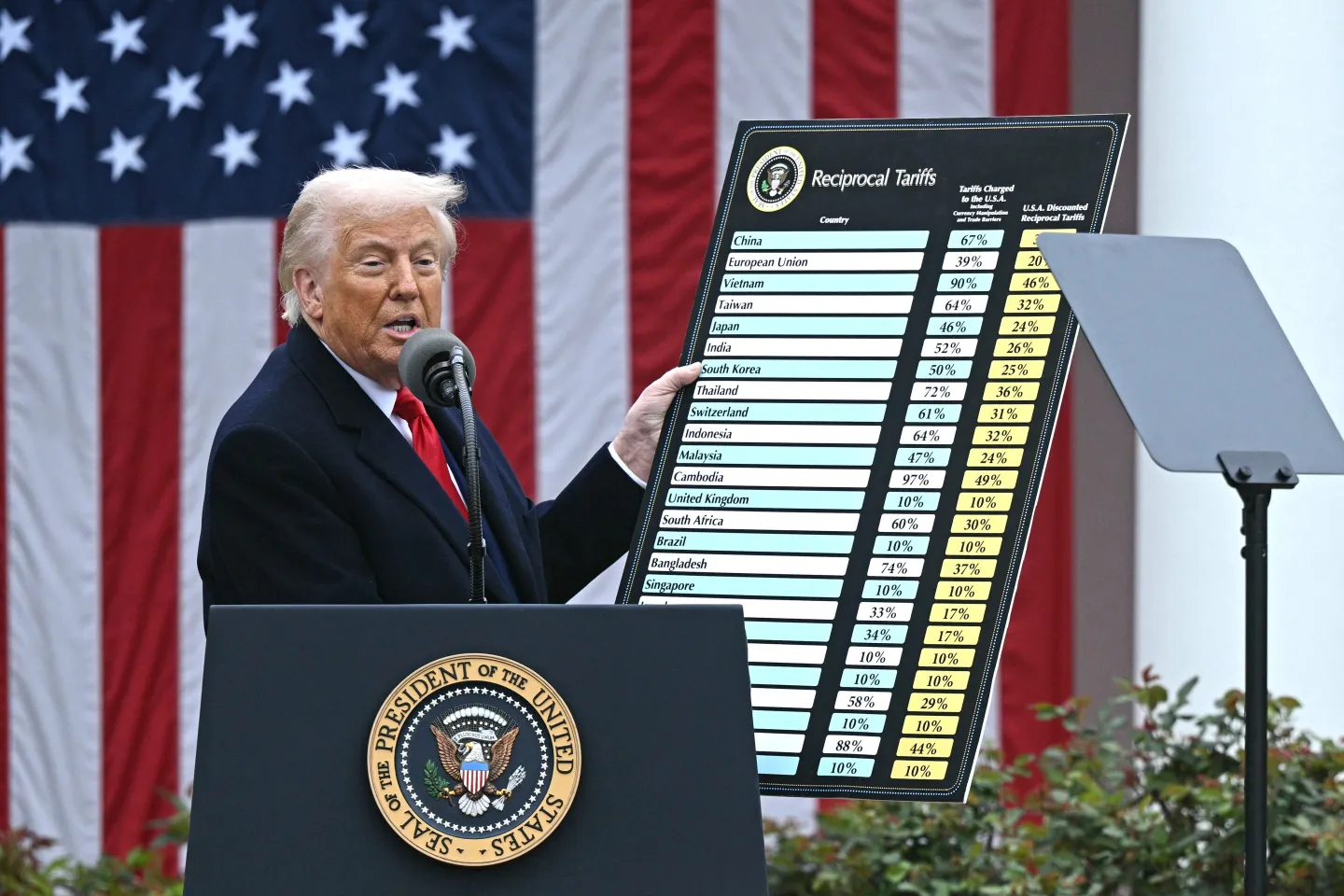Finance Minister Nirmala Sitharaman introduced the much-anticipated Income Tax Bill, 2025, in the Lok Sabha, aiming to simplify and modernize India’s taxation framework. The bill seeks to replace the Income Tax Act of 1961, which has been widely regarded as complex and difficult for the average taxpayer to navigate. With substantial modifications, the proposed bill is expected to enhance compliance, reduce ambiguities, and provide a more transparent tax regime.
Key Features of the Income Tax Bill, 2025
1. Streamlining the Structure
The new bill aims to reduce the bulkiness of the existing Income Tax Act by bringing down the number of clauses to approximately 536. In comparison, the current law comprises 823 pages, 298 sections, 23 chapters, and 14 schedules. The updated version will consist of 23 chapters and 16 schedules, significantly simplifying tax-related provisions.
2. Introduction of the ‘Tax Year’ Concept
A major reform in the bill is the introduction of the ‘tax year’ concept under Clause 3. This is designed to eliminate confusion between the terms ‘assessment year,’ ‘previous year,’ and ‘financial year.’ For newly established businesses, the tax year will begin from the date of their incorporation, ensuring ease of financial reporting.
3. Simplification of TDS Compliance
The bill seeks to streamline Tax Deducted at Source (TDS) compliance by consolidating all TDS-related provisions into a single clause. This eliminates the need to navigate through multiple sections and sub-sections, making tax deductions easier for businesses and salaried individuals.
4. Clarity in Deductions and Allowances
To enhance accessibility, deductions related to salaries—such as standard deduction, gratuity, and leave encashment—will now be presented in a single tabular format. This move is expected to make it easier for taxpayers to understand and claim deductions without hassle.
5. Removal of Redundant Provisions
One of the major highlights of the bill is the removal of over 300 outdated provisions that no longer serve a purpose in the current economic landscape. This effort aligns with the government’s objective of simplifying tax compliance and making the law more relevant to modern taxation needs.
6. Standardized Language and Formatting
The bill introduces a more concise and reader-friendly format, replacing complex legal jargon with simpler language. For instance, the frequently used term ‘notwithstanding’ in the 1961 Act has been replaced with ‘irrespective’ in most instances. The bill also features clearly structured tables and formulas to improve readability.
7. Digital Transactions and Tax Audit Relief
To promote digital transactions, the bill proposes tax audit relief for businesses with a turnover of up to ₹10 crore that primarily operate using digital payments. This initiative aims to encourage transparency and ease of doing business for small enterprises.
Political Reactions and Industry Response
The introduction of the Income Tax Bill, 2025, has sparked a mixed response from political leaders and industry experts. While the Bharatiya Janata Party (BJP) hailed the bill as a revolutionary step toward tax simplification, opposition parties, including the Congress, raised concerns over its complexities.
Congress MP Manish Tiwari’s Criticism
Congress leader Manish Tiwari criticized the bill, arguing that it is more intricate than the existing law. He expressed concerns over whether the new provisions truly simplify taxation or create additional confusion.
FM Sitharaman’s Defense
In response, Finance Minister Nirmala Sitharaman emphasized that the new bill is a comprehensive overhaul rather than a superficial revision. She pointed out that the total word count has been significantly reduced, making it more user-friendly.
BJP’s Perspective
BJP MP Tejasvi Surya lauded the bill, stating that it lays the foundation for a more transparent and easily comprehensible taxation system. He highlighted that consolidating and modernizing tax laws will encourage compliance and reduce litigation.
Impact on Taxpayers
1. No Change in Income Tax Slabs
Contrary to expectations, the bill does not propose any modifications to income tax slabs or capital gains taxation. This provides stability for taxpayers, ensuring that they can plan their finances without unexpected changes in tax rates.
2. Clarity on Business Income and Presumptive Taxation
The bill introduces a new concept of ‘profit claimed to have been actually earned’ under Sections 44AD, 44AE, and 44ADA, which applies to businesses under the presumptive taxation scheme. This aims to reduce disputes over profit calculations and streamline tax assessment.
3. Introduction of Virtual Digital Assets as Capital Assets
A significant inclusion in the bill is the recognition of virtual digital assets (VDAs), such as cryptocurrencies and NFTs, as part of an assessee’s capital assets. This move is expected to bring greater regulatory clarity to India’s growing digital asset market.
4. Extended Deadlines for Compliance
To facilitate a smoother transition, the bill proposes extended deadlines for various tax-related submissions. This will allow individuals and businesses ample time to adapt to the new regulations without facing penalties.
Implementation Timeline
If passed, the Income Tax Bill, 2025, will come into effect from April 1, 2026. Taxpayers will have to adhere to the existing Income Tax Act for the financial year 2025-26, with filings due until March 2026. The bill will be made available for public review on the official Lok Sabha website, allowing taxpayers to study the proposed changes in detail.
The bill will now be referred to the Parliamentary Standing Committee on Finance, which will conduct a thorough review and gather inputs from stakeholders before it is finalized. The Lok Sabha is set to reconvene for the second phase of the Budget Session from March 10 to April 4, 2025, where further discussions are expected.
Source: businesstoday.in









